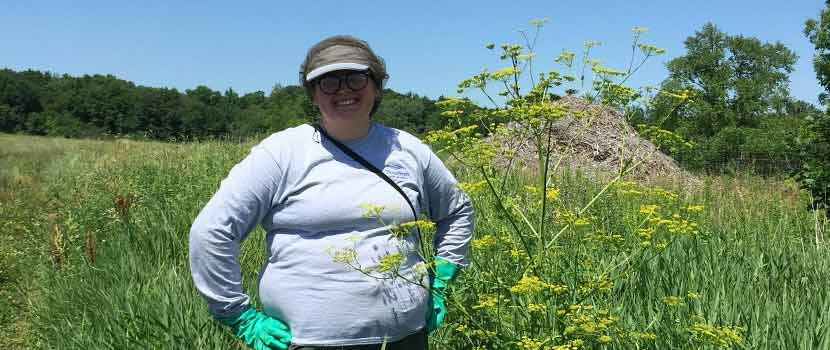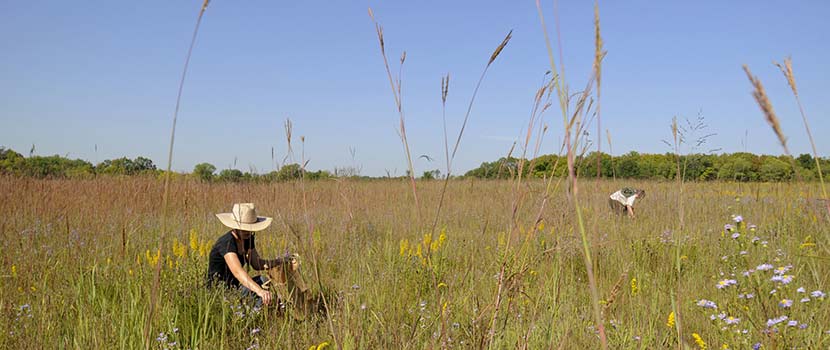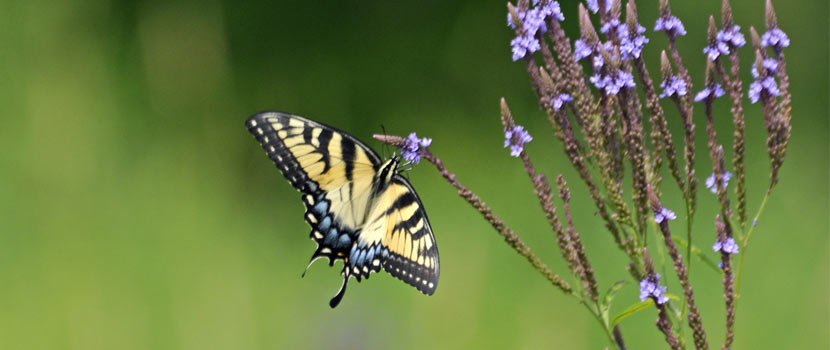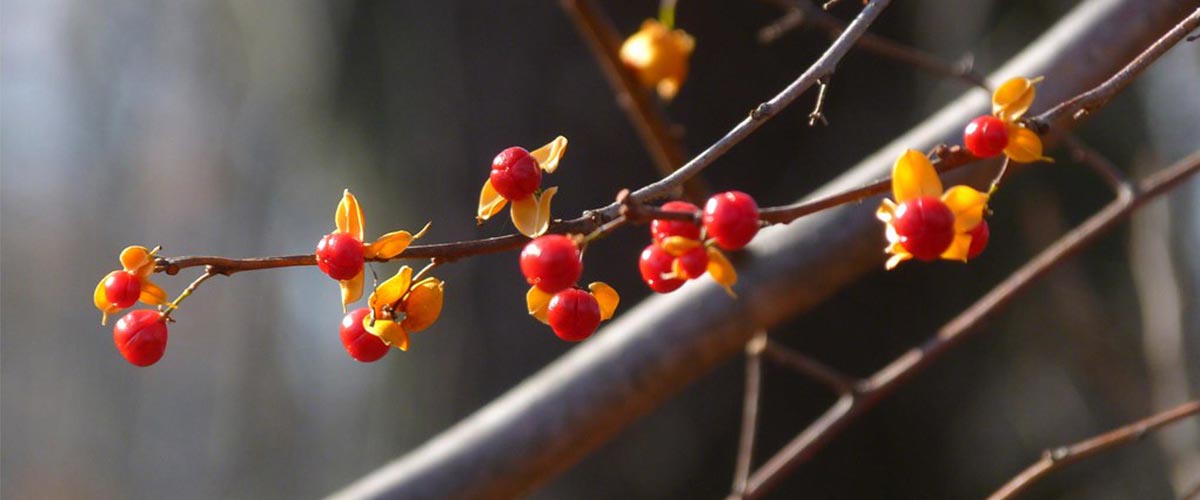
Colorful Winter Vines: A Bittersweet Problem
By: Missy Anderson
February 03, 2020
Category: Resource Management
The bright orange and red berries of American bittersweet (Celastrus scandens), a native woody vine, provides beautiful color in the woods this time of year — a sweet sight indeed!
And now for the bitter part: Around the Twin Cities, there is another woody vine called oriental bittersweet (Celastrus orbiculatus) that looks similar. Except this vine is highly invasive.
BRIEF HISTORY OF ORIENTAL BITTERSWEET
Oriental bittersweet is native to temperate regions in Japan, Korea and China. It was introduced to the United States in the mid-1800s as an ornamental plant. Its numerous, brightly colored fruit made it popular for holiday wreaths and other decorations.
By the 1970s, it was recognized as an aggressive invader and efforts began to control its growth and spread.
At Three Rivers Park District, oriental bittersweet was confirmed at Crow-Hassan Park Reserve in 2011. Since then it has been found in several parks and along regional trails; it is most prevalent at Elm Creek Park Reserve. All known sites are actively managed and monitored.
WHY IS IT A PROBLEM?
Oriental bittersweet is a serious threat to forests and grasslands and difficult to control once established. In full sun, a mature female vine produces abundant fruit that spreads to new locations by wildlife, especially birds.
Vines grow rapidly. Root suckers, or new stems created in the roots, form large patches that can completely cover existing vegetation and displace native plants.
As it climbs a tree, oriental bittersweet winds around and chokes the tree, eventually killing it or causing breakage from the weight of the vines. Once this invasive species is removed, a tree can have visible damage where the vine used to be.
Furthermore, American and oriental bittersweet can crossbreed, which has caused the loss of American bittersweet in parts of eastern United States. Research has shown that a decline of American bittersweet will occur unless nearby oriental bittersweet is removed.
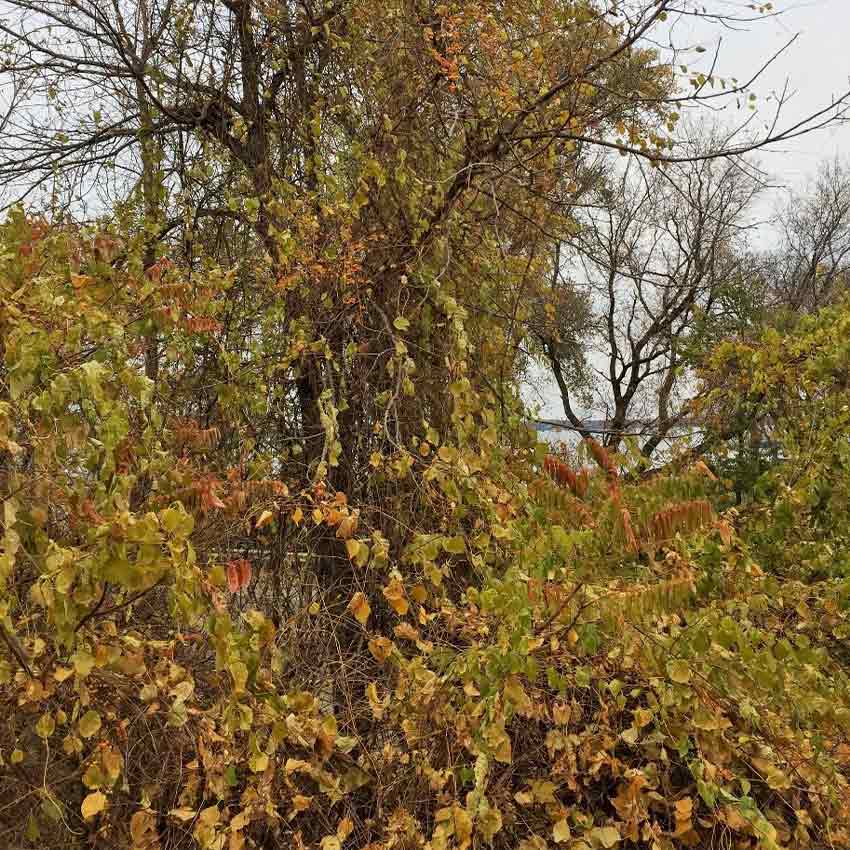
HOW TO IDENTIFY ORIENTAL BITTERSWEET
Fall and winter are the best time to tell the two species apart. Once most leaves have fallen, the fruit is easy to see, even at a distance, and can be distinguished by color and position.
American bittersweet fruit has an orange outer covering and tends to cluster at the ends of the stems.
Oriental bittersweet fruit has a yellow outer covering over a red interior and is located along the vines in leaf axils, or where a leaf sprouts from the stem.
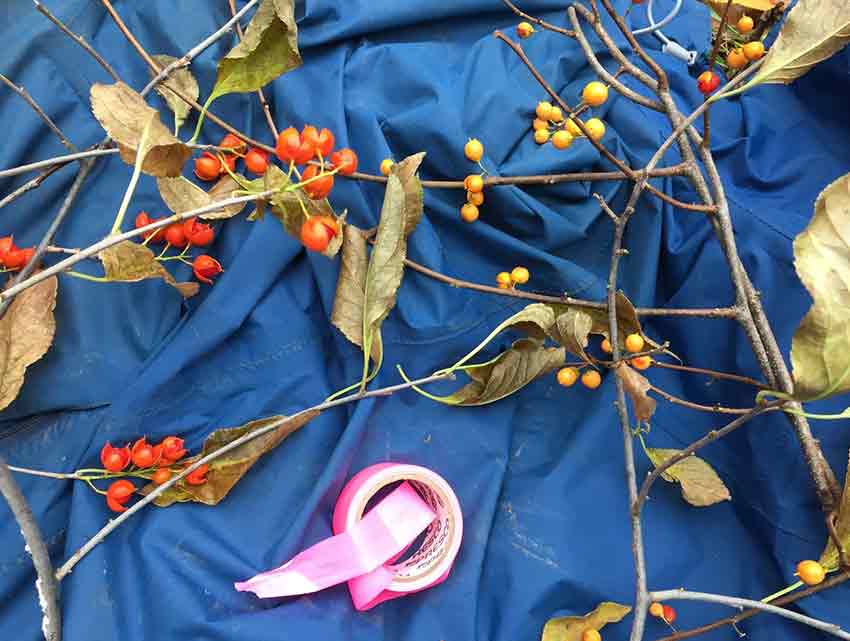
HOW YOU CAN HELP
There is good news, though: This invasive species is not widespread in Minnesota yet.
Because of this, oriental bittersweet is on the eradicate list of Minnesota’s Prohibited Noxious Weeds List. This classification requires that all parts of the plant above and below ground must be destroyed.
Here are a few ways you can help protect our natural areas:
- Be sure to purchase plants from a reliable vendor. Some vines sold as American bittersweet have mistakenly turned out to be oriental bittersweet.
- Follow Three Rivers Natural Resources on Facebook and watch for oriental bittersweet blitzes. These are removal events held shortly after this species is found in our parks.
- Learn how to identify this invasive species and report infestations to the organization that manages the land.
- Help find and map where it is found in Three Rivers by joining the Rapid Response and Early Detection (R2ED) Team; contact missy.anderson@threeriversparks.org to learn more.
Banner image: "Fannie Stebbins" by Rusty Clark ~ 100K Photos is licensed under CC BY 2.0
About the Author
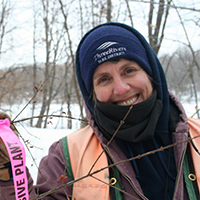
Missy Anderson is a propagation specialist at Three Rivers. Before her current role, she spent four years as the invasive species coordinator of for the park district. She has a degree in plant biology and although born and raised in Minnesota, she spent part of her career in the western United States before moving back to be closer to family. She feels lucky to work throughout the parks and with many staff and volunteers to reduce the impacts of invasive species. She enjoys all plant-related activities, especially those that involve conservation and restoration of native plants.
Related Blog Posts
The Wild Parsnip Problem
By: Paul Kortebein
Wild parsnip is an invasive species that can be a very real human health hazard. Learn how to identify wild parsnip and ways to prevent and slow its spread.
What's in a Seed? Why Prairie Seed Collection Matters
By: Erin Korsmo
Prairies are the most threatened habitat in Minnesota. Some species that depend on prairies are now on endangered and threatened species lists. Read on to learn about the important role volunteer seed collectors play in saving the prairies and the creatures that inhabit them.
5 Ways to Celebrate Earth Day
By: Alyssa Schauer
Happy Earth Day! This national holiday gives a voice to the environment and implements an emerging awareness about the effects of human impact on the planet. Find 5 ways to celebrate Earth Day today and every day.
